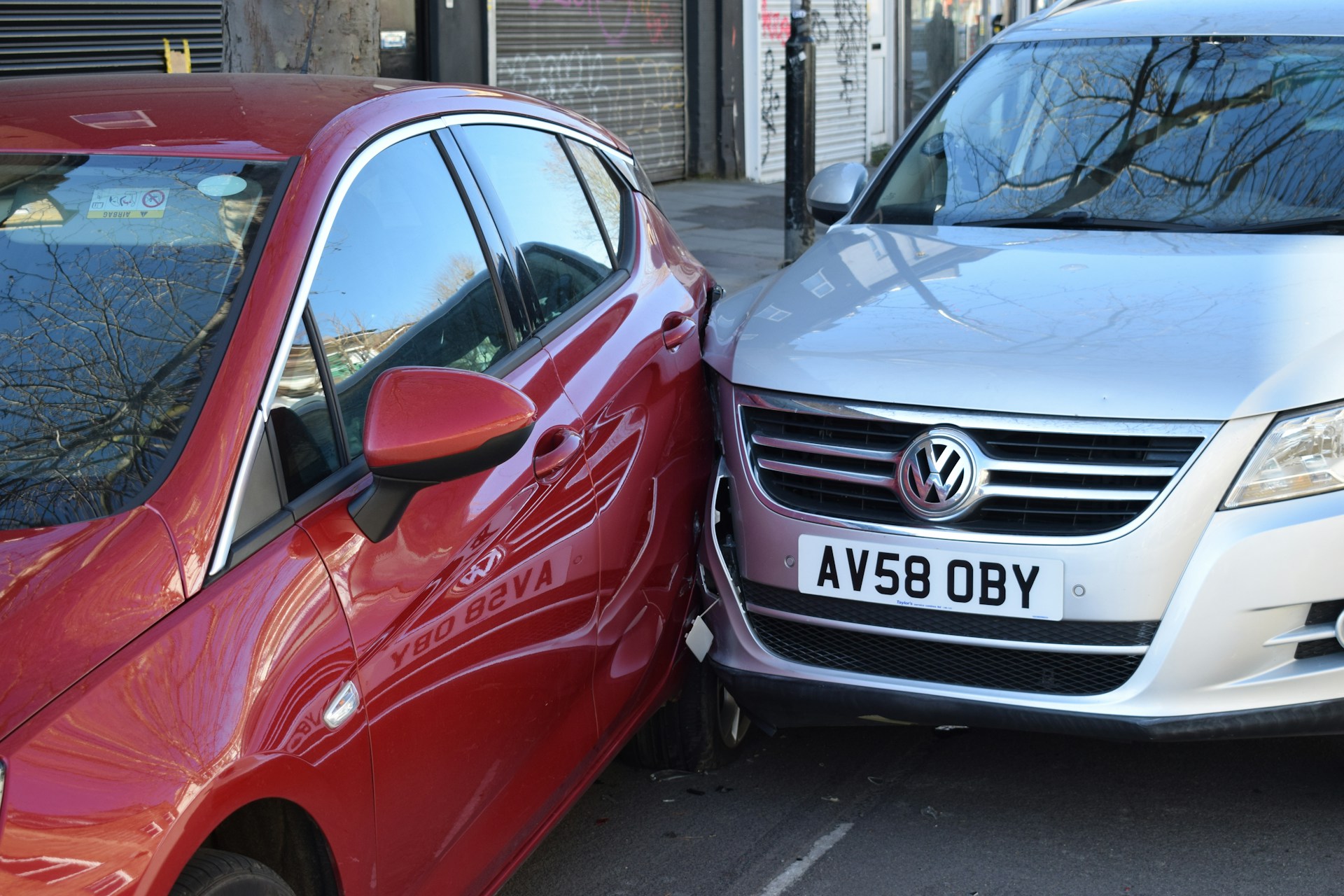Now Reading: The Art of Sharing the Road: Strategic Driving Around Big Rigs
-
01
The Art of Sharing the Road: Strategic Driving Around Big Rigs

The Art of Sharing the Road: Strategic Driving Around Big Rigs
There’s something undeniably imposing about sharing the highway with an 80,000-pound semi-truck. These massive vehicles command respect through sheer physics alone—a passenger car weighing 4,000 pounds stands little chance in a collision with something 20 times its weight. Yet every day, millions of drivers navigate alongside these giants with varying degrees of skill and awareness.
According to data from the Federal Motor Carrier Safety Administration (FMCSA), accidents involving large trucks resulted in over 5,000 fatalities and more than 150,000 injuries in 2022 alone. What’s particularly sobering is that occupants of passenger vehicles account for approximately 72% of these fatalities. The laws of physics cannot be negotiated with—when passenger vehicles and commercial trucks collide, the smaller vehicle almost always sustains the worst damage.
Avoiding accidents with trucks requires understanding a critical truth: maintaining proper distance is your most effective safety strategy. FMCSA research indicates that nearly 35% of all truck-involved accidents occur when passenger vehicles operate in a truck’s immediate vicinity for extended periods. Safety experts recommend spending as little time as possible traveling directly alongside a large truck. When passing is necessary, complete the maneuver decisively and efficiently.
What many drivers don’t realize is that professional truckers have a completely different perspective of the road than the rest of us. From their elevated cabs, they see patterns of behavior that would shock the average driver. They witness the daily dance of poor decisions made by passenger vehicles darting around them—and they’re often powerless to prevent the inevitable consequences.
The Blind Spot Reality: More Extensive Than You Think
“If you can’t see my mirrors, I can’t see you,” reads the warning on the back of many trailers. This simple statement barely scratches the surface of the visibility challenges truckers face.
A typical semi has blind spots that could comfortably hide multiple vehicles simultaneously:
- Directly behind the trailer
- Along both sides of the trailer (particularly the right side)
- Immediately in front of the truck
- Diagonally behind the cab on both sides
These “no zones” aren’t just small patches—they’re substantial areas where your vehicle effectively disappears from the trucker’s view. The right side blind spot is especially dangerous, extending across multiple lanes and running nearly the entire length of the trailer.
The Patience Advantage: Why Rushing Around Trucks Backfires
Highway psychology creates a curious phenomenon: many drivers feel an inexplicable urge to pass trucks, even when doing so saves minimal time. This impulse leads to one of the most dangerous maneuvers on the highway—cutting in front of a truck and then slowing down.
Physics doesn’t care about your schedule. A fully loaded semi traveling at 65 mph needs about 525 feet to stop—nearly two football fields. By comparison, a passenger car might stop in 150-300 feet. This disparity creates a deadly equation when cars abruptly fill that safety buffer truckers intentionally maintain.
According to a survey by the American Trucking Association, one of the most dangerous behaviors reported by professional drivers is when passenger vehicles pass a truck only to immediately cut in front and slow down to take an exit. This maneuver forces truckers to brake suddenly, creating hazardous situations that could easily be avoided with just 30 more seconds of patience.
The Strategic Driver’s Approach to Trucks
Rather than viewing trucks as obstacles, strategic drivers recognize them as fixed elements of the highway ecosystem that can be navigated with specific techniques:
The Pass-Through Zone
When traffic allows, the safest way to navigate around a truck is with a complete pass. Enter the passing lane with sufficient speed differential (at least 10 mph faster than the truck), maintain that speed consistently through the pass, and don’t return to the right lane until you can see the entire front of the truck in your rearview mirror.
The Trailing Position
If you’re not passing, the safest position is to remain behind the truck at a distance greater than your typical following distance. This position offers two advantages: protection from debris or collision ahead and improved visibility of the road conditions beyond the truck via the trucker’s actions. When a truck suddenly changes lanes, they’re often avoiding something you can’t yet see.
The Side Buffer
When you must travel alongside a truck (such as in congested traffic), position your vehicle either significantly ahead of the truck’s front bumper or well behind its trailer. Avoid hovering in the midpoint where you’re both in the blind spot and at maximum risk from a tire blowout.
The Wind Factor: An Underappreciated Danger
Few passenger vehicle drivers understand the aerodynamic forces at work around large trucks. A semi creates substantial air displacement, generating powerful draft currents that can actually pull smaller vehicles toward the truck—a phenomenon particularly noticeable for motorcycles and high-profile vehicles like SUVs and vans.
Additionally, a truck passing under an overpass or emerging from between buildings can create sudden crosswind effects that momentarily push your vehicle. Maintaining a firm grip on the steering wheel and anticipating these invisible forces is crucial when navigating close to big rigs.
The Meteorological Multiplication
Adverse weather conditions exponentially increase the challenges of sharing the road with trucks. Rain, snow, ice, and fog not only reduce visibility for all drivers but also significantly impact a truck’s handling characteristics.
During heavy rain, the wall of spray created by a truck’s tires can reduce visibility to near zero for vehicles following too closely. In windy conditions, high-profile trailers become vulnerable to tipping, particularly when empty. Understanding these weather-related factors allows smart drivers to increase their buffer zones accordingly.
The Communication Advantage
Truckers have developed their own communication systems that alert-minded drivers can leverage for safer highway travel:
- Headlight flashes from an oncoming truck often warn of hazards or speed traps ahead
- A trucker repeatedly activating their turn signal but not changing lanes usually indicates it’s unsafe for you to pass at the moment
- A truck moving slightly left before turning right is accommodating the trailer’s tracking path, not an invitation to slip by on the right
Learning to recognize and respect these signals creates a safer environment for everyone on the road.
The Technological Tension
Modern technologies have created new complications in the truck-car relationship. Navigation apps like Waze and Google Maps sometimes route passenger vehicles onto trucking corridors never designed for mixed traffic. Meanwhile, advanced cruise control systems in cars can maintain following distances that are dangerously close to trucks whose drivers expect greater buffers.
Safety experts in the trucking industry have identified a concerning trend: drivers in semi-autonomous vehicles often pay less attention around trucks, assuming their car’s systems will protect them. However, many of these systems aren’t fully calibrated for the unique challenges presented by commercial vehicles weighing up to 80,000 pounds.
The Courtesy Calculation
Beyond safety, there’s a courtesy element to sharing the road with trucks. Professional drivers spend their workdays contending with constraints most drivers never consider:
- Strict hours-of-service regulations that limit driving time
- Delivery schedules with significant financial penalties for delays
- Restrictions on which roads they can legally travel
- Limited places where they can safely stop for breaks
A moment of patience from passenger vehicles—allowing a truck to change lanes or merge—acknowledges these realities and contributes to a more harmonious roadway.
The Strategic Mindset
The most effective approach to navigating around big rigs requires shifting from a reactive to a strategic mindset. Rather than responding to trucks moment by moment, plan your movements with foresight:
- Identify exits and interchanges miles in advance
- Recognize patterns in truck traffic (they often travel in loosely connected convoys)
- Anticipate slowdowns on inclines where trucks lose momentum
- Look for opportunities to pass when the road opens rather than forcing your way through
This strategic thinking transforms trucks from intimidating obstacles into predictable elements of your journey.
The Professional Perspective
A common sentiment expressed in trucking industry publications is that if everyday drivers could spend just one day in a truck cab, they would forever change how they drive around commercial vehicles. From that vantage point, drivers would witness how much effort goes into maintaining safety margins and how quickly those margins disappear when passenger vehicles make poor decisions.
Until you have that opportunity, the next best thing is to drive as if you’ve had that experience—with respect for the challenges truckers face and awareness of how your actions affect their ability to operate safely. The road is a shared space where mutual respect isn’t just courteous—it’s essential for everyone to reach their destinations safely.










